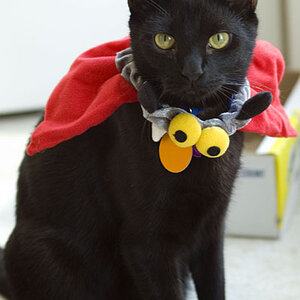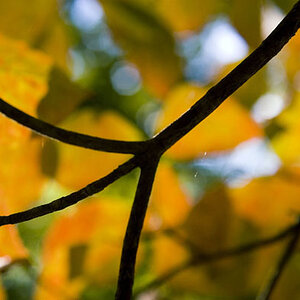bullitt453
TPF Noob!
- Joined
- Jul 16, 2008
- Messages
- 251
- Reaction score
- 0
- Location
- Graham, NC
- Website
- www.mustangsofburlington.com
- Can others edit my Photos
- Photos OK to edit
Like Arch pointed out, you do have a few underexposure issues here and there. But, I must say that you have some incredibly breathe-taking images in your gallery. There are several images in there that I would hang on my wall without question. I believe I would question your seemingly jealous friend's critique. Here's an idea; take him on your next shoot and tell him to bring his camera along. Have him show you the finished product of what he is talking about. I'd be interested in the results.


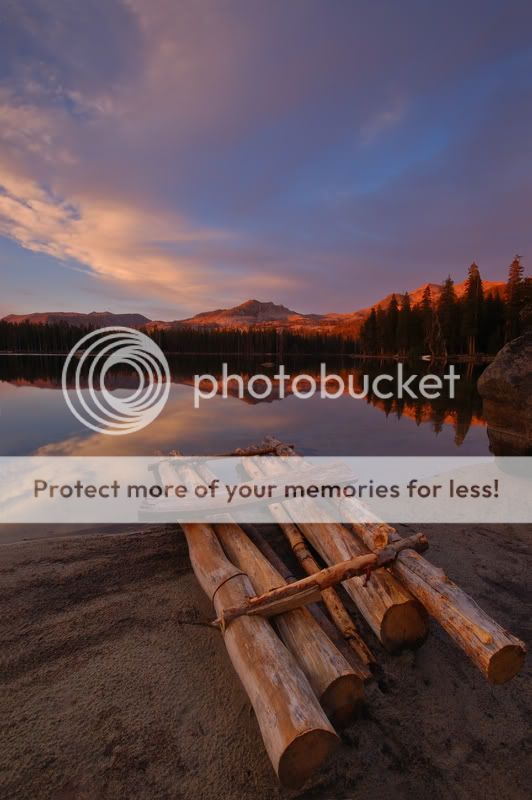
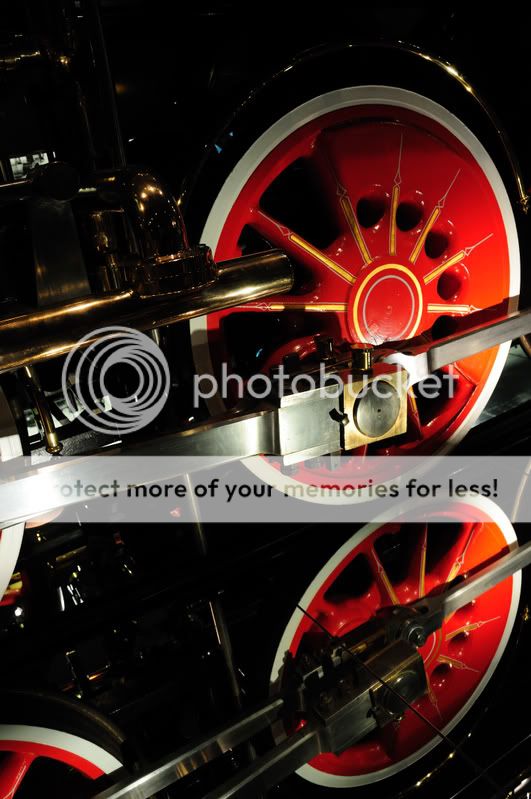
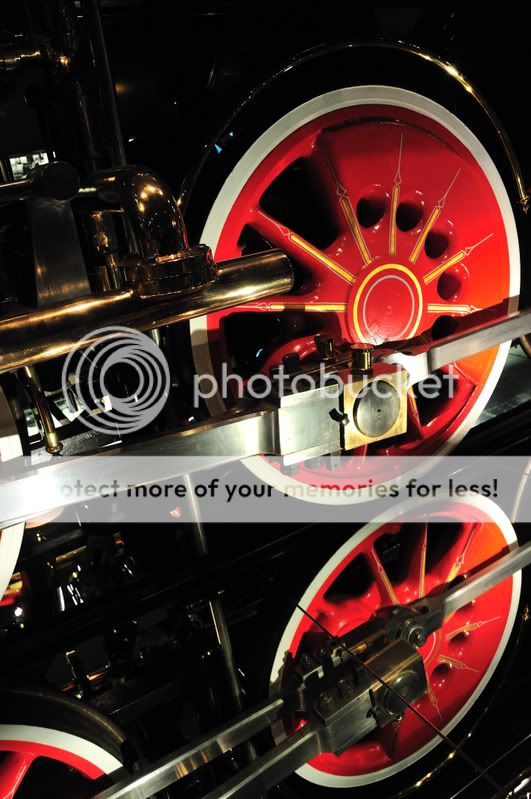
![[No title]](/data/xfmg/thumbnail/34/34119-711b53445c011079fb89b6f42682ed00.jpg?1619736289)

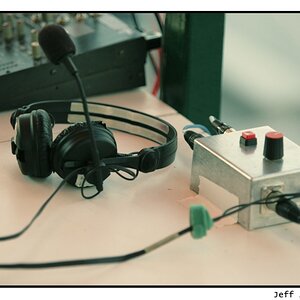
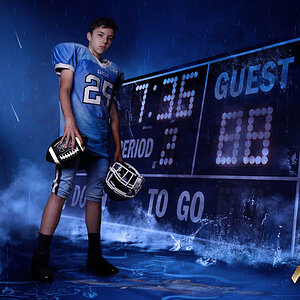
![[No title]](/data/xfmg/thumbnail/42/42348-b961c40032587da9952402de14b5976a.jpg?1619740146)
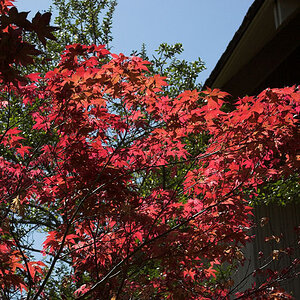
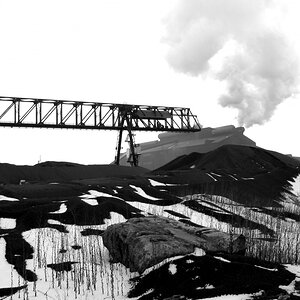
![[No title]](/data/xfmg/thumbnail/42/42397-30faa170de7ed9be38adf00b9b26a220.jpg?1619740167)
![[No title]](/data/xfmg/thumbnail/34/34118-1c18899050bfacc1ed25ac6c1740422b.jpg?1619736288)

